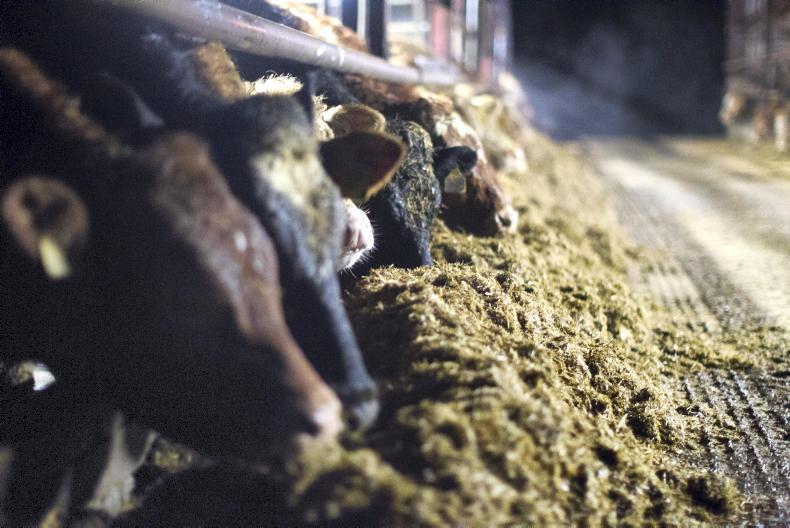The US has started to feel the brunt of 25% Chinese trade tariffs on products such soybeans, with a 6% drop in the volume exported to date.
Figures from the United States Department of Agriculture (USDA) also confirm a 10% drop in the revenue generated from soya bean exports.
The USDA trade economist Pryce Cook said soya bean sales to China “shut down” even before tariffs took hold.
However, for US farmers heavily reliant on soya bean exports, there are fears that tariffs could impact trade in the long-term.
Trade dependent
“Over the last decade we’ve developed this six-month marketing year that has been dominated by China,” said USDA trade outlook board chair Seth Meyer.
“That makes it really difficult for us to know what to expect in terms of now, because US soya beans are on sale we’ve done a fair amount of business counter-seasonally and most of that business hasn’t been to China it’s been to other countries…”
“But we are in unfamiliar territory as to the pattern of trade right now.”
Aid
President Donald Trump has recently announced a €12bn support package for farmers in the US, including for farmers growing soya beans, and it’s thought that this is partly aimed at softening the blow from the ongoing trade war.
The European Commission also seems to have come to the aid of the American soya bean grower, with an announcement to increase soya bean imports from the US by 280%.
Some reports suggest that the drying up of soya bean exports from Brazil will mean that China will have to return to the US as one of its main soya bean sources, but other reports suggest that China is attempting to curb its soya bean use in animal feed and utilise stocks held in reserve.
Read more
Dutch soya bean crop expanding
How much animal feed do we import?
The US has started to feel the brunt of 25% Chinese trade tariffs on products such soybeans, with a 6% drop in the volume exported to date.
Figures from the United States Department of Agriculture (USDA) also confirm a 10% drop in the revenue generated from soya bean exports.
The USDA trade economist Pryce Cook said soya bean sales to China “shut down” even before tariffs took hold.
However, for US farmers heavily reliant on soya bean exports, there are fears that tariffs could impact trade in the long-term.
Trade dependent
“Over the last decade we’ve developed this six-month marketing year that has been dominated by China,” said USDA trade outlook board chair Seth Meyer.
“That makes it really difficult for us to know what to expect in terms of now, because US soya beans are on sale we’ve done a fair amount of business counter-seasonally and most of that business hasn’t been to China it’s been to other countries…”
“But we are in unfamiliar territory as to the pattern of trade right now.”
Aid
President Donald Trump has recently announced a €12bn support package for farmers in the US, including for farmers growing soya beans, and it’s thought that this is partly aimed at softening the blow from the ongoing trade war.
The European Commission also seems to have come to the aid of the American soya bean grower, with an announcement to increase soya bean imports from the US by 280%.
Some reports suggest that the drying up of soya bean exports from Brazil will mean that China will have to return to the US as one of its main soya bean sources, but other reports suggest that China is attempting to curb its soya bean use in animal feed and utilise stocks held in reserve.
Read more
Dutch soya bean crop expanding
How much animal feed do we import?






 This is a subscriber-only article
This is a subscriber-only article










SHARING OPTIONS: